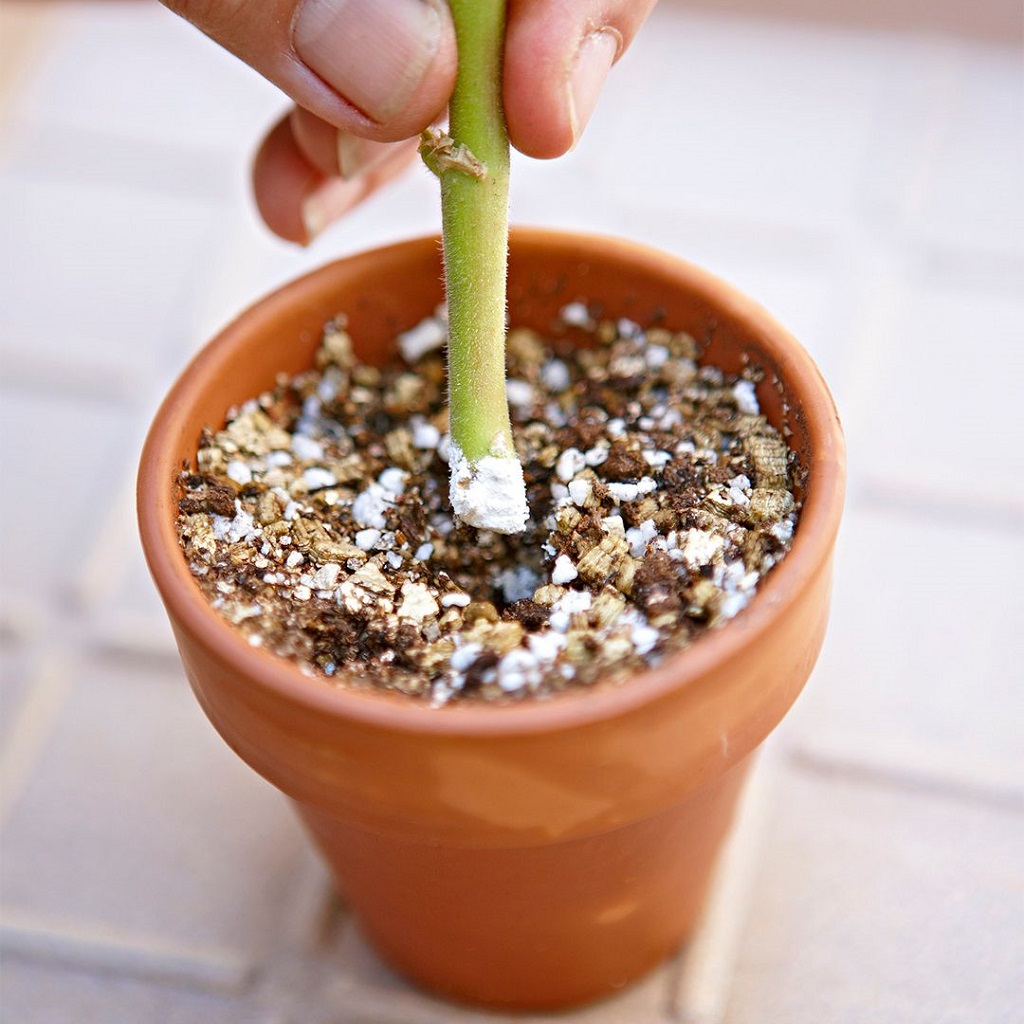Plant propagation is a fascinating aspect of gardening, allowing you to multiply your favorite plants for free. While seeds offer one pathway, propagating plants from cuttings is another widely used and often faster method, resulting in new plants that are genetically identical to the parent. This technique, while seemingly magical, relies on understanding a few key principles.
The most common types of cuttings are:
- Softwood Cuttings: Taken from new, soft, flexible growth typically in late spring or early summer. These root quickly but are more prone to wilting.
- Examples: Hydrangeas, fuchsias, many deciduous shrubs.
- Semi-Hardwood Cuttings: Taken from slightly more mature, yet still flexible, growth from mid-summer to early autumn. These are often easier to work with than softwood.
- Examples: Azaleas, camellias, woody herbs like rosemary.
- Hardwood Cuttings: Taken from dormant, mature, woody stems in late fall or winter. These root slowly but are very resilient once established.
- Examples: Dogwoods, forsythias, grapes, many fruit trees.
The Basic Steps for Taking Cuttings:
- Select Healthy Stock: Choose a healthy, disease-free parent plant.
- Timing is Key: As mentioned above, the best time varies by cutting type and plant species.
- Prepare the Cutting:
- Using sharp, clean pruners, take a cutting typically 4-6 inches long.
- Make a clean cut just below a node (the point where a leaf or branch attaches), as this is where rooting hormones are concentrated.
- Remove leaves from the bottom 1-2 inches of the stem to prevent rot and allow for insertion into the rooting medium. If leaves are very large, you might cut them in half to reduce moisture loss.
- Apply Rooting Hormone (Optional but Recommended): Dip the cut end into powdered or liquid rooting hormone. This encourages root development.
- Prepare the Rooting Medium: Use a sterile, well-draining medium like a mix of perlite and peat moss, or coarse sand. Avoid heavy garden soil.
- Insert Cuttings: Make a small hole in the rooting medium with a pencil or stick, then insert the cut end, ensuring at least one node is buried. Gently firm the medium around the cutting.
- Provide Humidity: Cuttings need high humidity to prevent wilting before roots form. Place a plastic bag over the pot, use a propagation dome, or place them in a mini-greenhouse.
- Indirect Light & Warmth: Place pots in a location with bright, indirect light and consistent warmth (around 65-75°F / 18-24°C).
- Monitor Moisture: Keep the rooting medium consistently moist but not waterlogged.
- Test for Roots: After a few weeks (or months for hardwood), gently tug on a cutting. If you feel resistance, roots have formed.
Once roots are established, gradually acclimate your new plants to lower humidity and more light before potting them into individual containers or planting them out. Propagating from cuttings is a rewarding way to expand your garden and share your favorite plants.

Leave a Reply